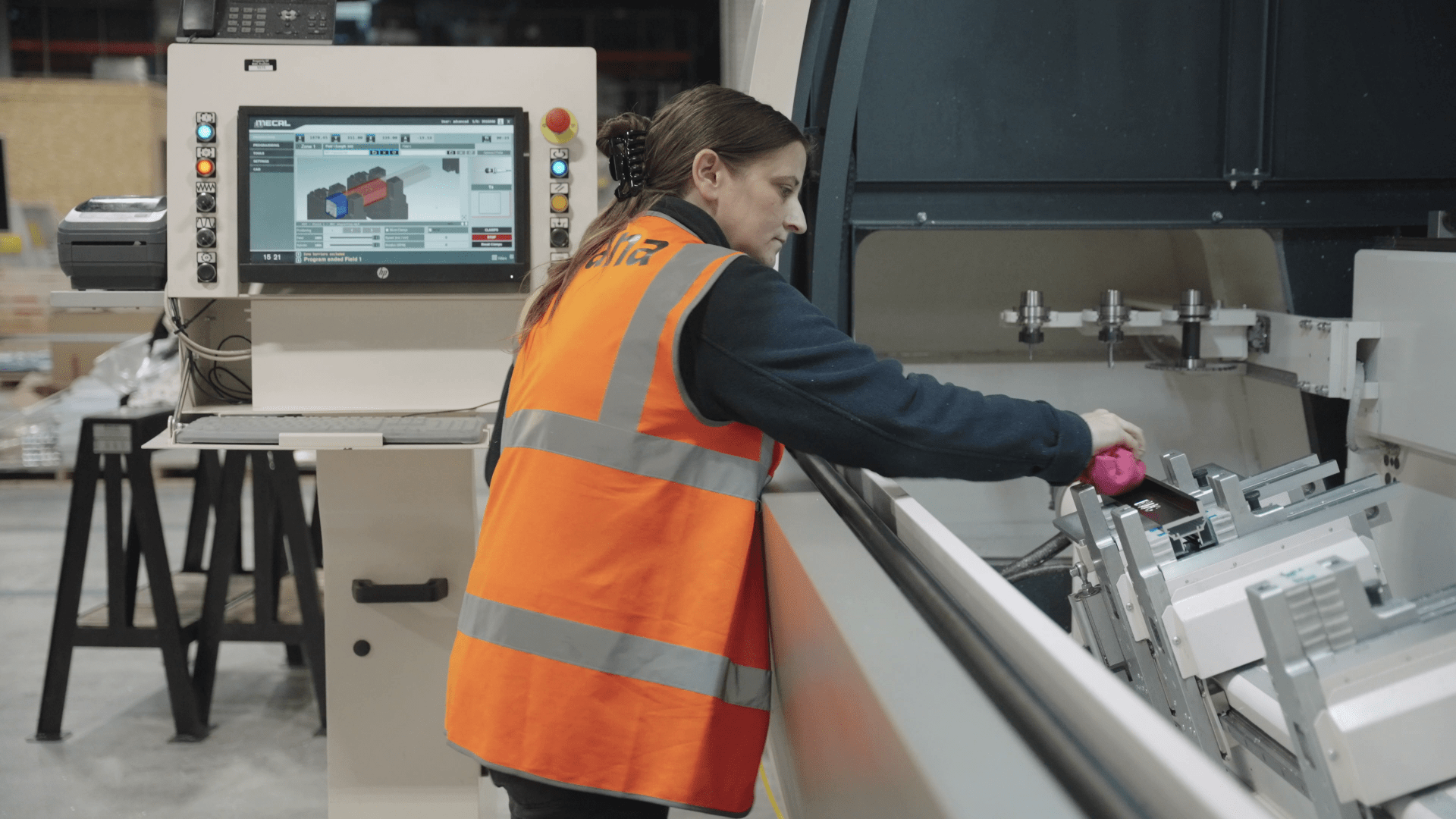Reduced Setup Variations
When multiple parts are machined in one operation, they are typically clamped and aligned in a single setup. This minimises the chance of variations or errors that can occur when parts are repositioned between multiple setups, helping maintain consistent tolerances across all parts.
Thermal Stability During Operations
CNC machines can experience thermal expansion (generate heat) as they warm up during operation, and this can cause the machine and tools to expand slightly, which can, in turn, affect precision.
Running a single, continuous operation with multiple parts means the machine can reach a stable temperature and maintain it throughout the process. This thermal stability is critical in reducing dimensional shifts due to expansion or contraction, thus improving dimensional accuracy and helping to hold tighter tolerances.
Reduced Operator Error
Any time a human operator is involved in moving or resetting parts, there’s a potential for error. Whether it’s slight misalignment when repositioning a part or clamping a piece with too much or too little pressure, human intervention can introduce inconsistencies.
By matching multiple parts in one operation, the need for frequent operator involvement is reduced, minimising the chance of these errors and ensuring greater precision.
Tool Wear Consistency
Tool wear is inevitable in any machining process, but how it affects the parts can vary depending on the approach. When machining parts individually, tool wear will gradually worsen as the operation continues. This means that parts machined toward the end of a batch may experience less precision than those machined at the beginning.
However, by machining multiple parts in one continuous operation, tool wear is distributed more evenly across the parts. This consistency helps to ensure that all parts maintain the same level of precision.
Machine Calibration Consistency
CNC machines are calibrated to maintain a high level of accuracy, but every time a machine is stopped and restarted for a new setup, there’s a possibility in slight variations in calibration. Machining multiple parts in one operation takes full advantage of the machine’s calibrated state throughout the entire process. By eliminating the need for re-calibration or re-homing between operations, parts are machined under the same calibration conditions, resulting in more uniform tolerances.
CNC machining multiple parts in a single operation is an effective way to maintain tight tolerances, improve part quality, and reduce the chances of errors. By minimising setup variations, maintaining thermal stability, reducing operator interventions, and ensuring consistent tool wear, manufacturers can achieve higher precision across their parts. As CNC technology continues to evolve, this approach will likely remain a best practice for producing high-precision components efficiently and cost-effectively.
Have your own extrusion project in mind? Contact us for a no obligation chat to see how we can help.

.png?width=150&height=70&name=BWC%20Logo%20(Custom).png)